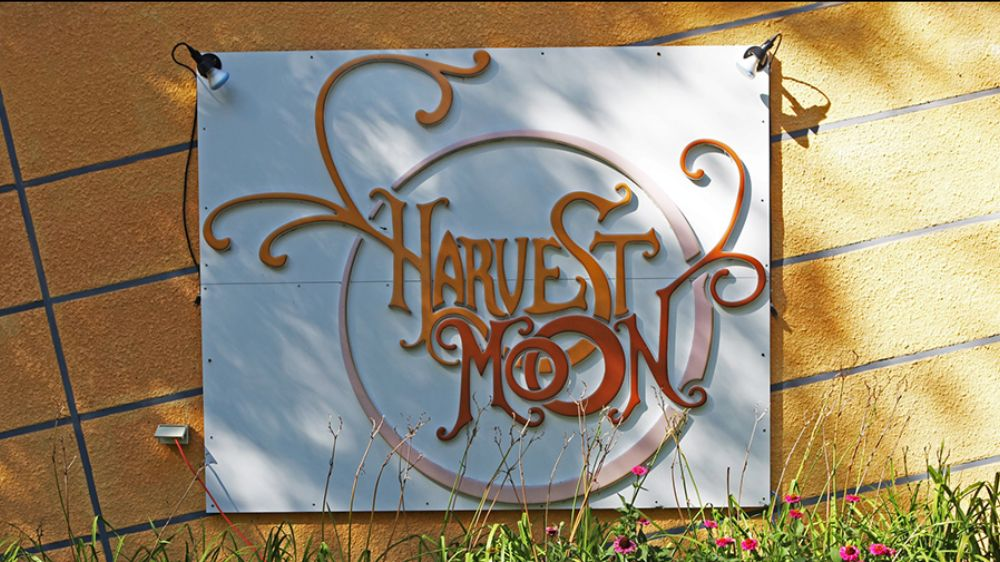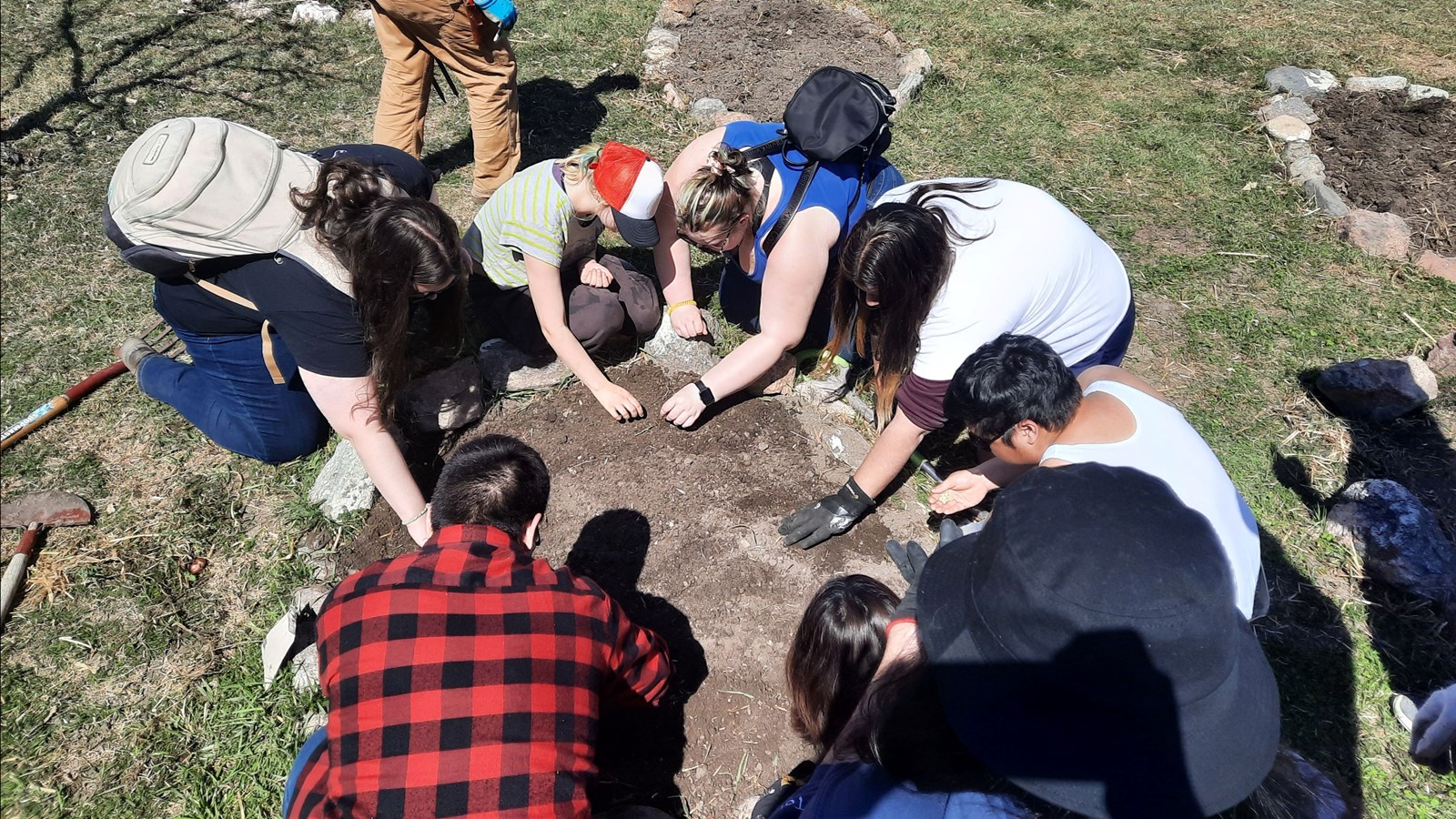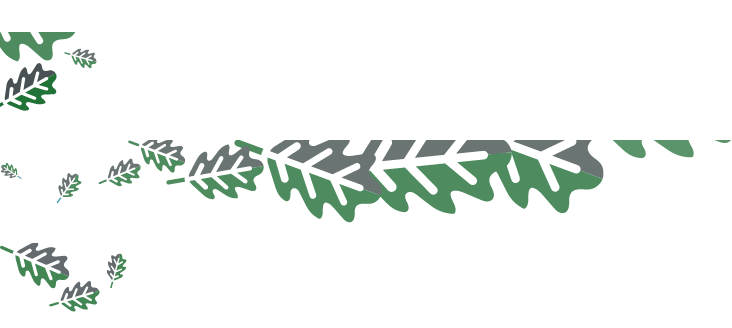Extended Leaving to Learns
Extended Stay Leaving to Learn: A Deeper Dive into Real-World Learning
At Maples Met School, we offer Extended Stay Leaving to Learns, an enriched version of the “Leaving to Learn” model developed by Elliot Washor and Dennis Littky of Big Picture Learning. These experiences take students beyond the classroom and into the world for several days or more, where they immerse themselves in meaningful, real-world learning connected to their passions and academic goals.
Extended Stay Leaving to Learns offer students the opportunity to explore a topic or concept in depth, often through travel to a specific destination. These learning journeys combine hands-on experiences, mentorship, and cultural engagement to support both academic and personal growth.
Destinations have included:
Experimental Lakes Region (ELA) – to explore water sovereignty, Indigenous knowledge, and environmental stewardship
Harvest Moon - Clearwater, Manitoba – to learn about sustainable living, permaculture, and food security
YMCA Exchange – for cross-cultural learning and community building
Birds Hill Park Camping – to explore community building, ecosystems, and scientific exploration in nature
These powerful experiences help students develop agency, empathy, and a sense of purpose. At Maples Met, Extended Stay Leaving to Learns are a cornerstone of our commitment to personalized, real-world education.
Harvest Moon Society - Clearwater, Manitoba
Grade 10
2-3 day Leaving to Learn
 Maples Met School (Winnipeg) and the Harvest Moon Society (Clearwater, MB) have forged a hands-on learning partnership centered on experiential education and sustainable agriculture. In early May, Grade 10 and Grade 12 students from Maples Met, led by advisors Janna and Clay , ventured to Clearwater for an overnight field trip at the Harvest Moon Learning Centre . During their visit, students participated in workshops and activities guided by local hosts Jo‑Lene and Lauren: they prepared a communal supper, hiked pasture land, and toured a nearby grain farm on their return . This immersive experience aligns with the Harvest Moon Society’s goal of connecting urban youth with rural practices, emphasizing regenerative agriculture and environmental stewardship . Students also toured Halarda dairy farm (Elm Creek) en route . The collaboration fosters authentic learning for Maples Met students and adds value to the society’s mission of bridging urban–rural divides through grassroots education.
Maples Met School (Winnipeg) and the Harvest Moon Society (Clearwater, MB) have forged a hands-on learning partnership centered on experiential education and sustainable agriculture. In early May, Grade 10 and Grade 12 students from Maples Met, led by advisors Janna and Clay , ventured to Clearwater for an overnight field trip at the Harvest Moon Learning Centre . During their visit, students participated in workshops and activities guided by local hosts Jo‑Lene and Lauren: they prepared a communal supper, hiked pasture land, and toured a nearby grain farm on their return . This immersive experience aligns with the Harvest Moon Society’s goal of connecting urban youth with rural practices, emphasizing regenerative agriculture and environmental stewardship . Students also toured Halarda dairy farm (Elm Creek) en route . The collaboration fosters authentic learning for Maples Met students and adds value to the society’s mission of bridging urban–rural divides through grassroots education.
"We are so grateful to the Harvest Moon Society, in particular Dustin, Lauren and Jo Lene, for having us. Thank you additionally to Hallarda Farms, Huggard Farms, Dogs Run Farm (Katie and Colin), the Gardiner’s farm, and Bob and Minnie Guildford for sharing your knowledge and passion for food. Special thanks to Keane and Quintin for cooking up some delicious meals. Here is a recap of our learning." -- Janna Grade 10 Advisor
"Through the spirit of cooperation, community and camaraderie, our mission is to build a learning center that works towards strengthening links between urban and rural areas, empowering communities through grassroots initiatives." - Harvest Moon Society
Hallarda Dairy Farm - Student Perspectives
 "As soon as we left the bus I was hit with a very strong smell. It was the smell of cow manure. It was different, let's say. I’ve never smelt something so revolting, having lived in a city my entire life. Michael Borst said that the very strong smells were not just of manure, but also of the cow feed. This feed is corn silage, and it contains proteins, minerals and byproducts. An example of a byproduct is oil used in frying fries which is no longer in use. Despite this I was fascinated by the intelligence these cows at the farm had. They were capable of moving around by themselves and knew how to get milked. And the machines that were doing all of the work, they were a very sophisticated work of technology. These machines were so well made that they could identify if the cow was not feeling well or if the milk they produced was worth drinking or not." - Jas, Grade 10
"As soon as we left the bus I was hit with a very strong smell. It was the smell of cow manure. It was different, let's say. I’ve never smelt something so revolting, having lived in a city my entire life. Michael Borst said that the very strong smells were not just of manure, but also of the cow feed. This feed is corn silage, and it contains proteins, minerals and byproducts. An example of a byproduct is oil used in frying fries which is no longer in use. Despite this I was fascinated by the intelligence these cows at the farm had. They were capable of moving around by themselves and knew how to get milked. And the machines that were doing all of the work, they were a very sophisticated work of technology. These machines were so well made that they could identify if the cow was not feeling well or if the milk they produced was worth drinking or not." - Jas, Grade 10
“It was really fascinating comparing the advancements of Canada’s farms where I currently live and Philippines’ farms where I grew up in. In Canada, cows are usually bred for dairy production and beef whereas Philippines uses cattle for drought management. Since Philippines is located just right above the equator, Philippines experiences draught, typhoons, and major climate changes. I have a “pet” cow back home and it is used to graze on land that has been affected by drought in order to reduce the risk for wildfires and break up the soil and distribute nutrients…. I also reminisced a memory at Halarda farms. 7 years old, at our family farm, having to ride a cart, dragged by a carabao. Carabaos or water-buffalos are often used as draft animals in agriculture, specifically in rice paddies in the Philippines. Carabaos can pull plows and other farm equipment. They’re also often used as transportation, yes cows as transportation. Carabaos can be used as pack animals, carrying heavy loads over long distances and people as well.” - Renzelle, Grade 10
Food Miles Workshop
The Food Miles Workshop at the Harvest Moon Learning Centre in Clearwater, Manitoba offers students an eye-opening experience into the environmental and social impacts of our food systems. Led by local farmers and educators, this hands-on workshop explores the concept of “food miles”—the distance food travels from farm to plate—and encourages critical thinking about sustainability, local agriculture, and climate change. Students engage in interactive activities such as mapping the journey of various foods, comparing local versus imported food options, and discussing carbon footprints associated with long-distance transportation. By connecting with producers who grow food sustainably in the region, participants gain firsthand insight into the benefits of local food systems. The workshop also highlights how supporting local farmers contributes to community resilience and food security. For many students, this workshop is a catalyst for deeper inquiry into food justice and sustainable living, forming a valuable part of their Leaving to Learn experiences.
Student Perspective
 “My highlight for the clear lake experience was baking the cookies with Loren. The activities she lead were super fun and the outcome was really good. The activities she led were war. We had to make cookies with some local ingredients, and we had to calculate the miles it took for the ingredients we used to make the cookies. The activities she had us do were well planned out because it was not too easy also it take us some time to look at the maps and find the places for that ingredients. For example, we used this sugar in the cookies so we had to do. This brand of granulated sugar is called Rogers and we would have to read the back of it or read it off the information sheet she gave us. To see where it's from to track the miles on it. The brand Rogers sugar is grown in Alberta then it is harvested, and sent to a factory where they are sliced into thin noodle-like strips called cassettes (strip) then the cassettes are mixed with juice and bumped into an extraction tower. That is just the simple version of how sugars are made.” - Ana, Grade 10
“My highlight for the clear lake experience was baking the cookies with Loren. The activities she lead were super fun and the outcome was really good. The activities she led were war. We had to make cookies with some local ingredients, and we had to calculate the miles it took for the ingredients we used to make the cookies. The activities she had us do were well planned out because it was not too easy also it take us some time to look at the maps and find the places for that ingredients. For example, we used this sugar in the cookies so we had to do. This brand of granulated sugar is called Rogers and we would have to read the back of it or read it off the information sheet she gave us. To see where it's from to track the miles on it. The brand Rogers sugar is grown in Alberta then it is harvested, and sent to a factory where they are sliced into thin noodle-like strips called cassettes (strip) then the cassettes are mixed with juice and bumped into an extraction tower. That is just the simple version of how sugars are made.” - Ana, Grade 10
Service Learning - Student Perspectives
“After we went outside and worked in the garden. There were these onions that never died and can be grown nearly everywhere. Half of us went to plant some peas and the other half and I tilled some soil. I really enjoyed this, taking a rake and digging up dirt. I had done a technique that my grandma had: put the rake in and push down. With this, I had dug up a lot.” - Avnoor, Grade 10
“I was farming, well kind of, all thanks to Jo Lene. She helped my class learn how to seed plants. We were able to dig holes and put our seeds in the soil, and also got to look at the Secret Garden. I’ve never farmed before, so this was a really good experience for me.” - Jas, Grade 10
“The landscaping and planting we did with Jolene were very fun because we got to dig out roots and rocks for the soil to be plantable. While we were digging we saw many worms and got to touch some. This experience was fun because of the people around me and I found out that singing helps us work efficiently and enjoy what we're doing… I learned that farmers try to find ways to use everything on their crops and produce because they hate having waste. I enjoy farming because it teaches me how to be more independent and how to live a sustainable lifestyle. This experience was great and I would definitely go again if I was given the opportunity. - Thomas, Grade 12
Thomas Huggard Grain Farm - Student Perspectives
 “It was an eye-opening experience for me in terms of how farms operate behind the scenes to feed us. I enjoyed touring the Hallarda and Thomas Huggard farms and talking to their owners. They provided their perspectives on farming that I wouldn’t have learned otherwise. It was surprising to see the different perspectives on using chemicals on a farm. This includes the use of fertilizers, pesticides and herbicides. First, the Borst family of Hallarda farms collects manure from their cows and uses it as fertilizer for the plants on their farm. This method demonstrates sustainable farming because they repurpose waste products on their farm which avoids the use of artificial products. On the other hand, Thomas, the owner of the grain farm we visited uses chemical fertilizers on his farm. Without the use of fertilizers, he will not be able to produce the same amount of crops. He mentioned that his grandparents wouldn’t want him using these chemicals, but it is for the sake of profit, producing more food and feeding more people. Seeing all the equipment from these two farms was mind-blowing. The robots at Hallarda that clean the barn and milk the cows worked so efficiently. The cows there were very smart because they knew where to go to get milked. And being up close with Thomas’ tractors and grain storage shocked me because of their sheer size.” - David, Grade 10
“It was an eye-opening experience for me in terms of how farms operate behind the scenes to feed us. I enjoyed touring the Hallarda and Thomas Huggard farms and talking to their owners. They provided their perspectives on farming that I wouldn’t have learned otherwise. It was surprising to see the different perspectives on using chemicals on a farm. This includes the use of fertilizers, pesticides and herbicides. First, the Borst family of Hallarda farms collects manure from their cows and uses it as fertilizer for the plants on their farm. This method demonstrates sustainable farming because they repurpose waste products on their farm which avoids the use of artificial products. On the other hand, Thomas, the owner of the grain farm we visited uses chemical fertilizers on his farm. Without the use of fertilizers, he will not be able to produce the same amount of crops. He mentioned that his grandparents wouldn’t want him using these chemicals, but it is for the sake of profit, producing more food and feeding more people. Seeing all the equipment from these two farms was mind-blowing. The robots at Hallarda that clean the barn and milk the cows worked so efficiently. The cows there were very smart because they knew where to go to get milked. And being up close with Thomas’ tractors and grain storage shocked me because of their sheer size.” - David, Grade 10
 “Thomas had four vats that were filled to the brim with food. (which is 108 tons of food) and when I got home I decided to do the math on how many people that could actually feed. It turns out that one person needs around 5.5 pounds of food to live each day, which is equal to 0.00275 tons, and dividing that by 108 (the amount of all four of those vats) we get 39,272 people feed in all of the vats, if we divide that by four we learn each vat can feed around 9,818 people in one day. That number is miniscule compared to the 8,000,000,000 people we need to feed, if you subtract our 8 billion people on earth to 39,272 (the amount in all the vats) that shows, we still need to feed 7,999,960,727 people, and that would be for just one day! Farms need to keep up 8 billion people worth of food, each and every day we breathe. And it is expected that our population will rise to 10 billion by 2050! All that I just said made me realize the importance of farmers, and the weight they hold being the only people who give us all of our food.” - Caleb, Grade 10
“Thomas had four vats that were filled to the brim with food. (which is 108 tons of food) and when I got home I decided to do the math on how many people that could actually feed. It turns out that one person needs around 5.5 pounds of food to live each day, which is equal to 0.00275 tons, and dividing that by 108 (the amount of all four of those vats) we get 39,272 people feed in all of the vats, if we divide that by four we learn each vat can feed around 9,818 people in one day. That number is miniscule compared to the 8,000,000,000 people we need to feed, if you subtract our 8 billion people on earth to 39,272 (the amount in all the vats) that shows, we still need to feed 7,999,960,727 people, and that would be for just one day! Farms need to keep up 8 billion people worth of food, each and every day we breathe. And it is expected that our population will rise to 10 billion by 2050! All that I just said made me realize the importance of farmers, and the weight they hold being the only people who give us all of our food.” - Caleb, Grade 10
Harvest Moon Leaving to Learn - Student Reflection
 "Some things I learned when we were at clearwater, is about large scale farming, the actual amount of food we need to feed everyone on earth. What I mean by this is, we went to a man named Thomas’s farm, where he had these massive vats of food which could each hold 24 tons by themselves, but he had four of them that were filled to the brim with food. (which is 108 tons of food) and when I got home I decided to do the math on how many people that could actually feed. It turns out that one person needs around 5.5 pounds of food to live each day, which is equal to 0.00275 tons, and dividing that by 108 (the amount of all four of those vats) we get 39,272 people feed in all of the vats, if we divide that by four we learn each vat can feed around 9,818 people. That number is miniscule compared to the 8,000,000,000 people we need to feed, if you subtract our 8 billion people on earth to 39,272 (the amount in all the vats) that shows, we still need to feed 7,999,960,727 people, and that would be fore just one day, farms would need to keep up 8 billion people worth of food, each and every day we breathe.
"Some things I learned when we were at clearwater, is about large scale farming, the actual amount of food we need to feed everyone on earth. What I mean by this is, we went to a man named Thomas’s farm, where he had these massive vats of food which could each hold 24 tons by themselves, but he had four of them that were filled to the brim with food. (which is 108 tons of food) and when I got home I decided to do the math on how many people that could actually feed. It turns out that one person needs around 5.5 pounds of food to live each day, which is equal to 0.00275 tons, and dividing that by 108 (the amount of all four of those vats) we get 39,272 people feed in all of the vats, if we divide that by four we learn each vat can feed around 9,818 people. That number is miniscule compared to the 8,000,000,000 people we need to feed, if you subtract our 8 billion people on earth to 39,272 (the amount in all the vats) that shows, we still need to feed 7,999,960,727 people, and that would be fore just one day, farms would need to keep up 8 billion people worth of food, each and every day we breathe.
All that I just said made me realize the importance of farmers, and the weight they hold being the only people who give us all of our food.
Jolene took us on a walk, on the last day we were at clearwater, and as we were there we found a lot of silt on the ground.The silt that was there was because of run off from a farm that used to be near there. The silt that was there was caused by chemicals that could not be absorbed into the soil, and thus ran off into nearby rivers. If this farmer didn’t use the chemicals that they did, it is likely that someone on this earth, that should have been able to eat that day, would have gone hungry.
But given that this farmer did use chemical fertilizers that caused a lot of run off. He could have destroyed that river that collected all of that silt.This in my mind brings up a point that Thomas said as we were at his farm that a lot of farmers don’t want to be using chemical fertilizers in their foods, but they need to, to feed everyone on earth.
Another thing I realized when we were there is the amount of light pollution in our skies. What I mean by this is in Winnipeg, if you look outside and see the moon… Well you’ll see the moon there is nothing special about it. But in clearwater I remember looking up at the moon and being shocked and amazed at how bright it was. It felt like I was looking at the sun beaming with light whilst also being able to see so many minute details in the moon’s glow. As time drew further into the night we were able to see a big dipper clearly in the night sky. As a kid I never really understood what light pollution was, the idea of lights in the city blocking out lights in the sky just never clicked for me, but in that moment I finally understood what Light pollution was and how beautiful our skies really are. One last story that I want to share is that when I was a kid I was terrified of the dark, and everything that hid in the night's dark cover. Now coming back from this trip I have one thing on my mind. It's really difficult to be scared of something once you realize how beautiful it is. So being terrified when I have to walk my dog at like 10:00pm won’t be as terrifying as it used to be."
- Caleb, Grade 10


